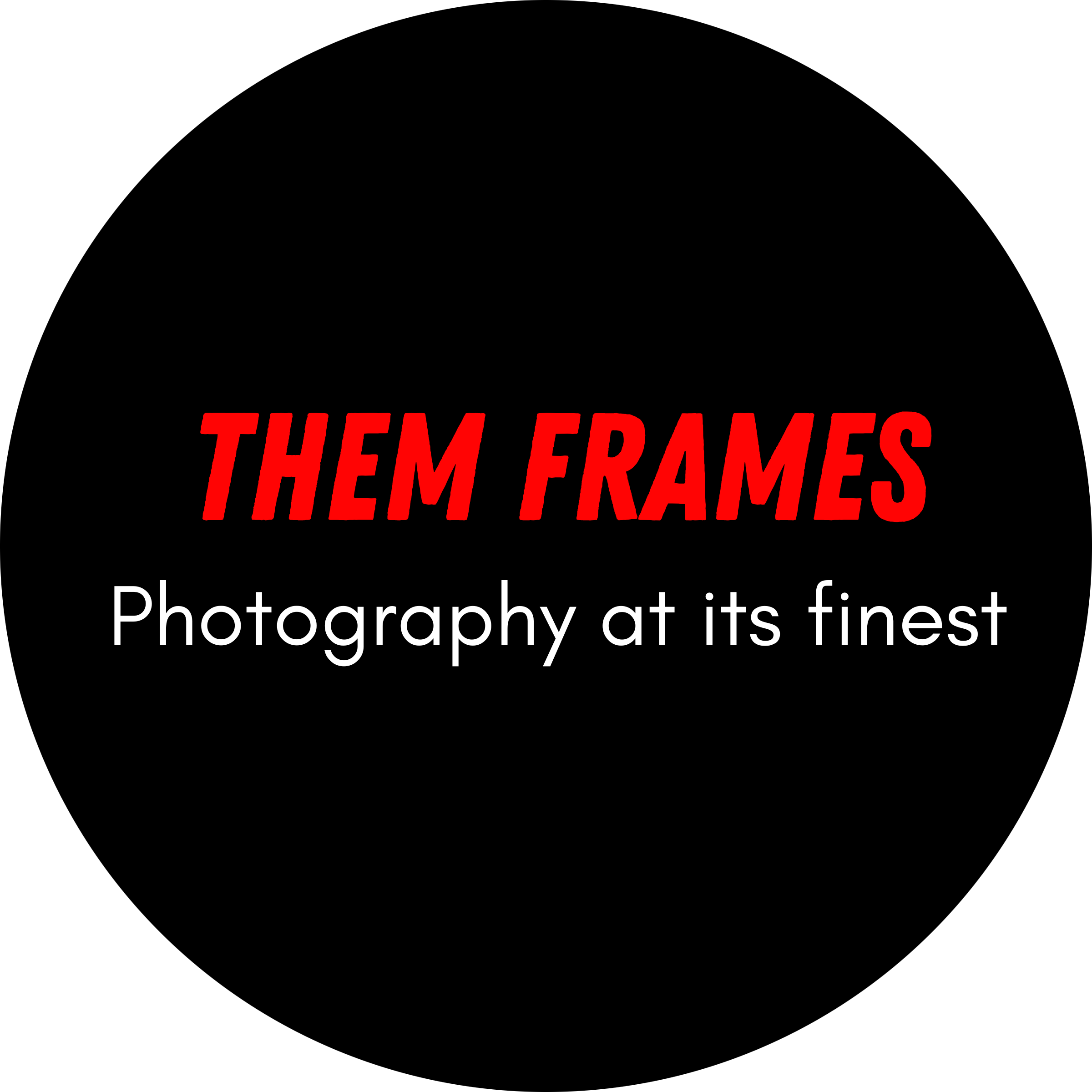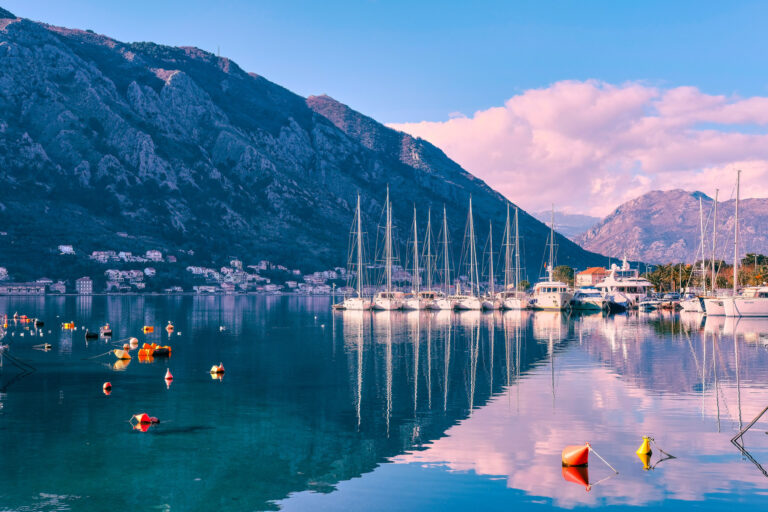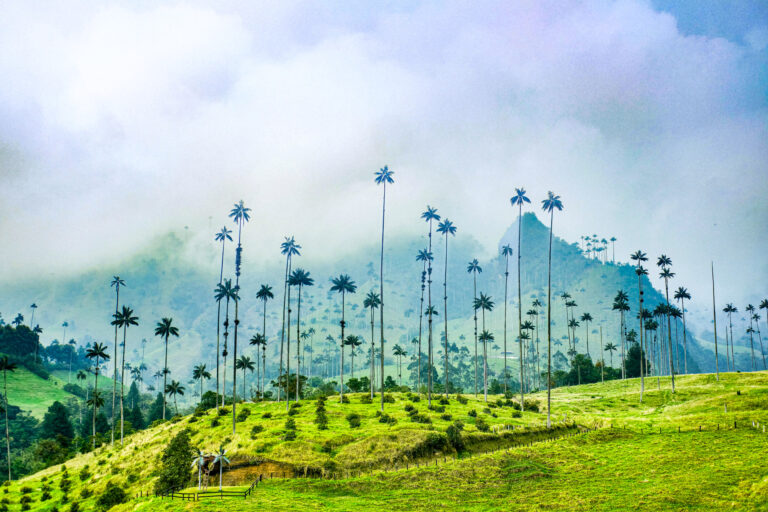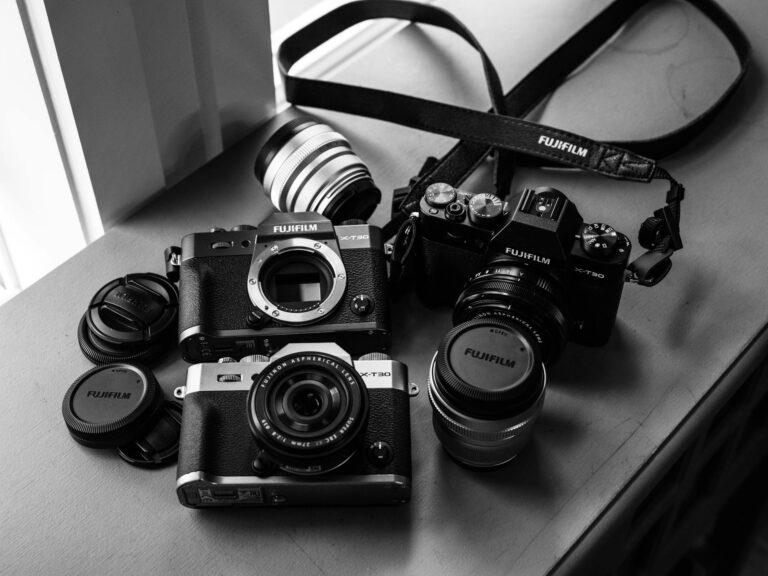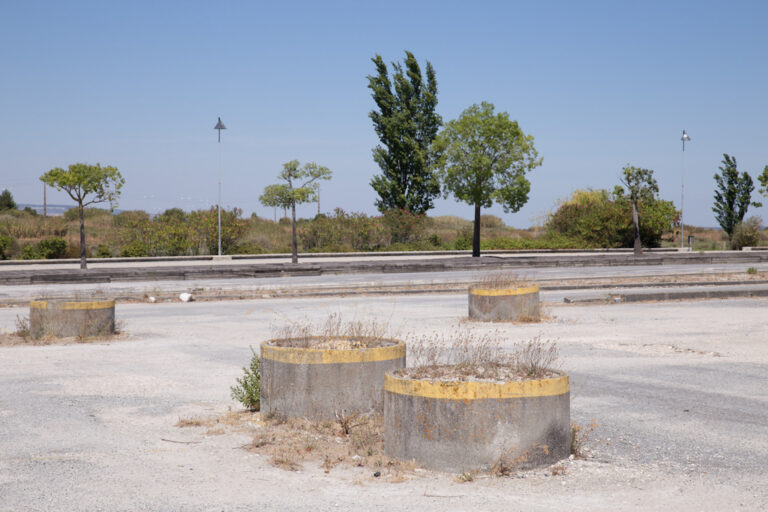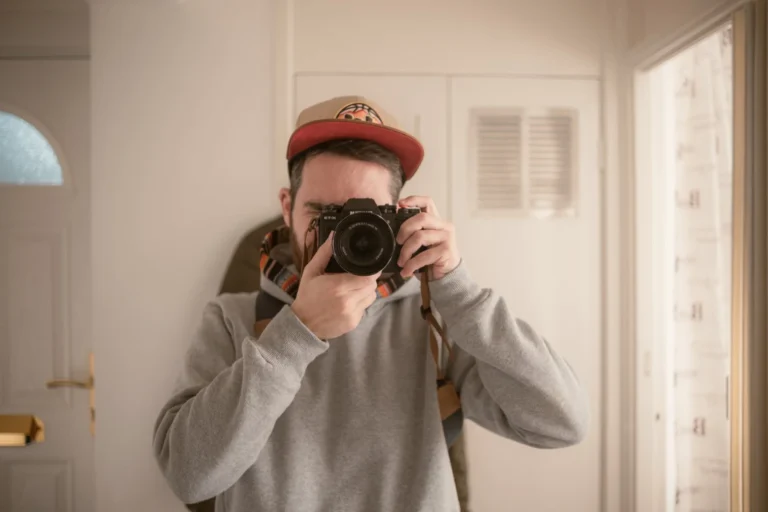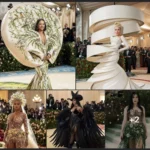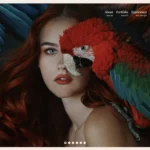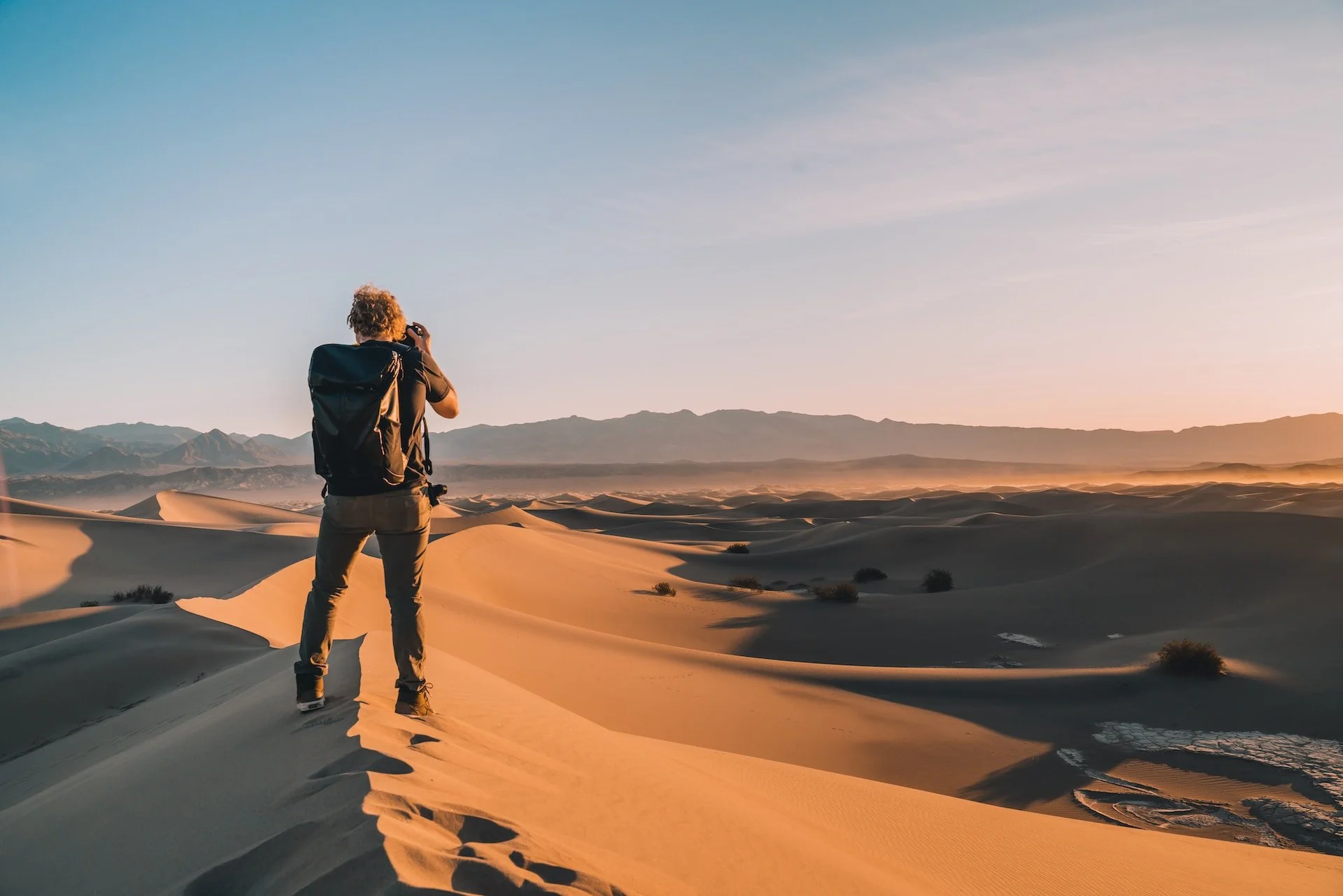
Photo by Tyler Raye
The winner of International Portrait Photographer of the Year has sparked debate within the photo community, with some feeling the work isn’t “pure photography”. Australian-based photographer Forough Yavari secured the title (and $10,000) by submitting a superb composite photograph. While many praised the painter-turned-photographer, others were not so impressed with her image taking the crown.
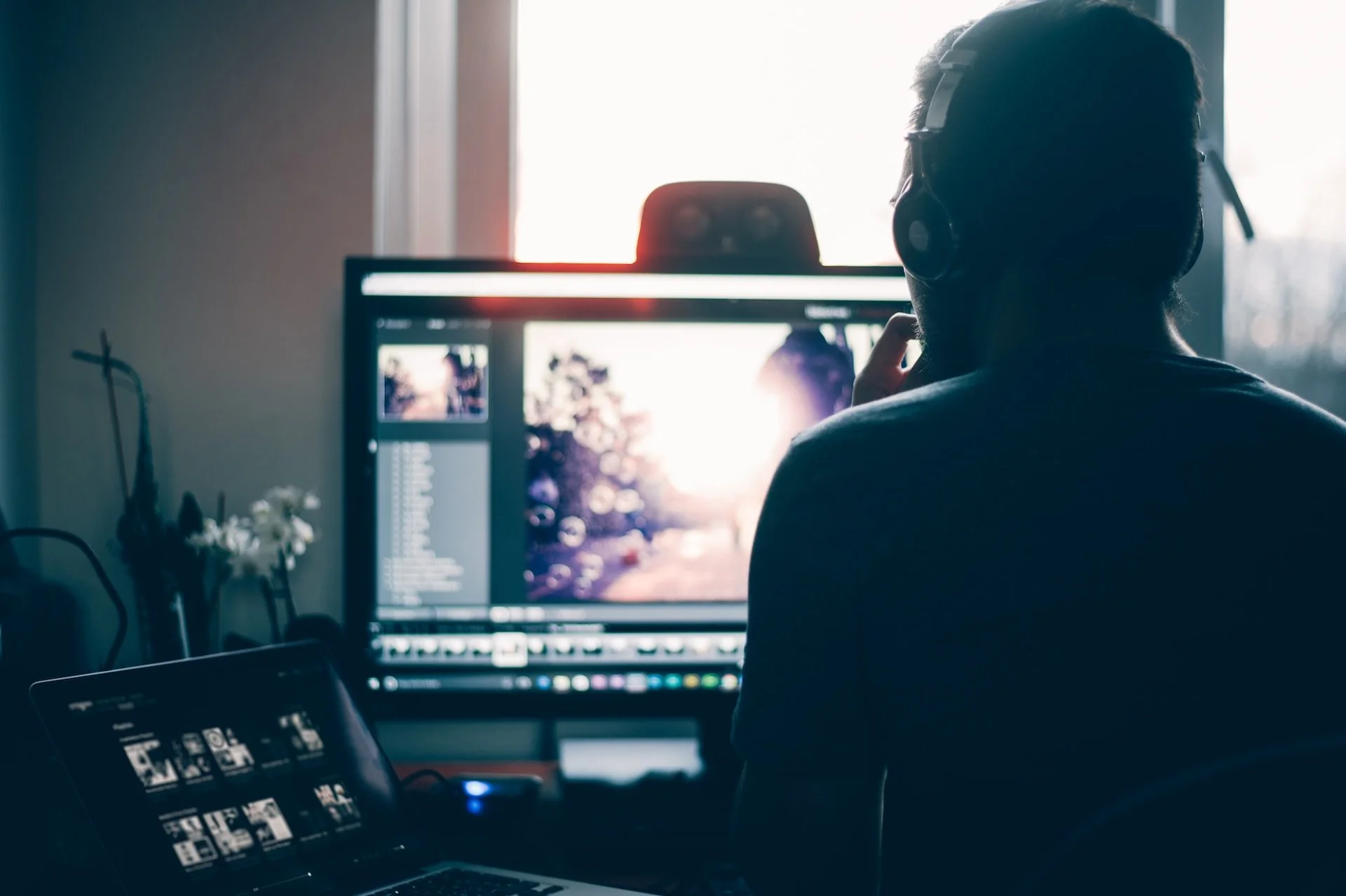
Photo by Glenn Carstens-Peters
Creating a composite photograph is a technique in which you take a set of different images and then blend them all together to create one final piece. It’s commonly used in landscape and nature photography so artists can blend mountains, the stars, the moon, and other elements to create a more compelling final frame.
On a basic level, cameras have had the ability to create composites through what is better known as HDR photography. This method includes photographing the same scene at different exposures: one exposure for the highlights, one for the darks, and one even exposure. You blend the three shots together to create an balanced exposure throughout all of the final photograph.
Today’s composites are more complex and photographers use Photoshop (or other tools) to blend many images together, with the number of total images depending on how complex the vision is.
The Issue with Composite Photography
Certain members of the photographic community don’t take kindly to photographers creating and submitting composite photographs. To them, it’s cheating or not “pure” photography. In their mind, pure photography is a single frame, barely manipulated and as close to its truest form.
In my opinion, composite photography is photography, it’s just a different method of creating imagery. To suggest it’s not pure is gatekeeping which perhaps stems from the old guard having a reluctance to experiment with new ways of creating art.
Like most things in life, photography has the ability to evolve, and while we don’t have to use new techniques in our own workflows, why should we shame others for doing it in theirs?
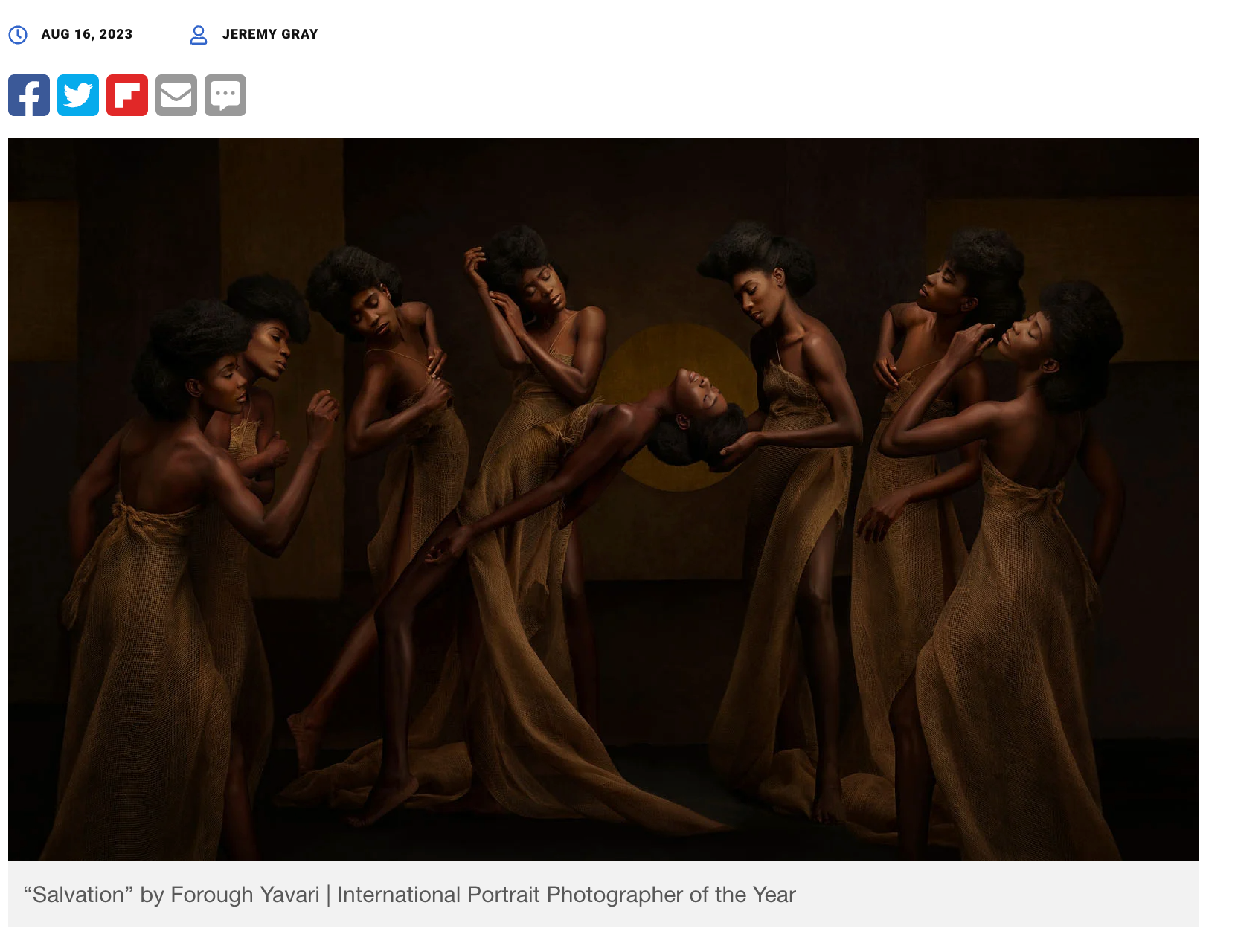
Screenshot from @PetaPixel
If we have technology at our disposal then we should explore its capabilities. In the case of Yavari, I think (and so do the judges) she made a very powerful, elegant final frame that explores the constantly evolving relationship we have with ourselves, at least that was my interpretation.
As the subject is the same in each section of the frame, it would be impossible to tell this story in a single image. And although editing has a big part to play in the final piece, at the center of the work is the photographic practice, how can anyone suggest this isn’t “pure photography”?
Transparency is key
Evidently, I am all for the use of composite photography. Though I do feel there’s a duty to be transparent about the work you share or submit. If you suggest the image is a single frame, then that’s unethical. There are also some generes where composite photography would be an issue: documentary, photojournalism and to some degree, street photography.
Final Thought
Shaming an artistic process only limits the art we can create. It’s 2023, we don’t want to be dominated by the same aesthetics and approaches as yesteryear – though they do still have a valid voice in the photography space.
Please, don’t be a gatekeeper because you’re not willing to budge from the rigid ideas of what you think photography should and should not be. Perhaps experiment and give new methods a go in your workflow, it may rejuvenate your relationship with the craft.
For those that do create composites or are thinking of doing so, don’t let naysayers put you off. There are no real rules to art, it’s purely a flow of ideas and methods with the goal of creating something that didn’t once exist.
What do you think of composite photography? Let us know in the comments. Thanks for reading.
Want your work featured on Them Frames? Pitch us.
